This groundbreaking volume explores a revelatory Andharan style relief recently discovered in Sri Lanka. It adds to the growing body of archeological evidence of important exchanges between the Buddhists of Sri Lanka and their co-religionists in the Krishna Valley. This relief is the most ancient document attested to date depicting the events that took place during the first seven weeks following the enlightenment of the Buddha. Its unique iconography leads the author to closely examine contradictions between literary evidence and visual representations of what is known as the sambodhi, or ‘perfect awakening’, of the Buddha. According to the classic Buddhist texts, the Mahavastu and the Lalitavistara, the Buddha spent seven weeks after his enlightenment near the Bodhi tree. By contrast, the Buddhist canonical text the Vinaya-Pitaka describes this period as only four weeks long. Sri Lankan and Burmese artists have preferred to depict the seven-week account. Furthermore, the ‘seven-week’ motif depicted in this Andharan relief follows the chronological order given in the important Pali texts, the Nidanakatha and the Mahabodhi-Vamsa. The textual confusions and artistic contradictions uncovered by this volume present a bigger picture of the complex ways in which the story of the Buddha’s life was imagined in the earliest period of recorded Buddhist history. The present study is the first in a series of books by this author on Buddhist art.
From Bactria to Taprobane: Selected Works of Osmund Bopearachchi (In 2 Volumes)
The first volume comprises ...
$301.50
$335.00


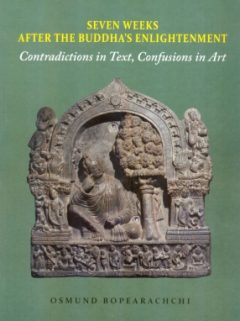
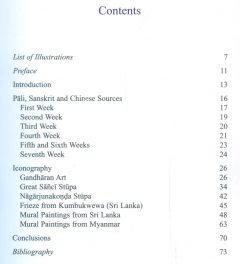
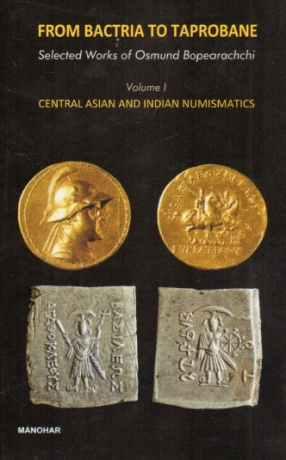
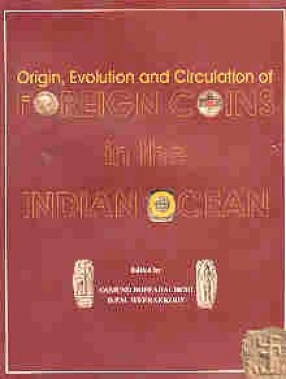


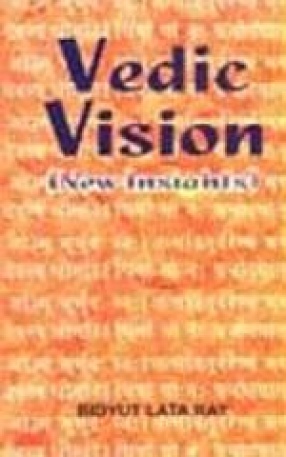

There are no reviews yet.